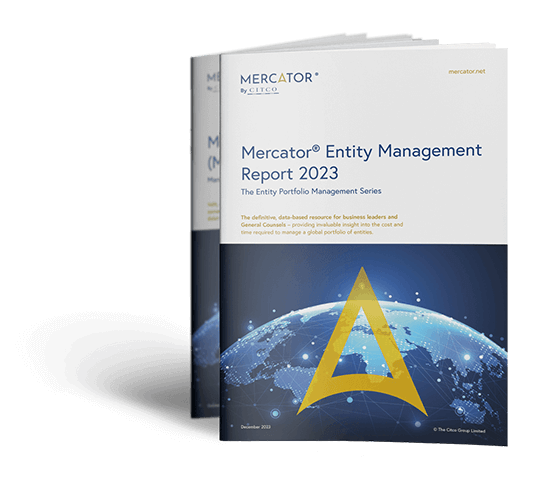The information contained in this document is marketing material and for informational purposes only. The information contained in this document is presented without any warranty or representation as to its accuracy or completeness and all implied representations or warranties of any kind are hereby disclaimed. Recipients of this document, whether clients or otherwise, should not act or refrain from acting on the basis of any information included in this document without seeking appropriate professional advice. The provision of the information contained in this document does not establish any express or implied duty or obligation between Citco and any recipient and neither Citco nor any of its shareholders, members, directors, principals or personnel shall be responsible or liable for results arising from the use or reliance of the information contained in this document including, without limitation, any loss (whether direct, indirect, in contract, tort or otherwise) arising from any decision made or action taken by any party in reliance upon the information contained in this document. © The Citco Group Limited, December 2024.
The evolving technology of subsidiary governance
The global pandemic has accelerated the shift towards digitalization in subsidiary governance significantly. Pre-COVID, investing in technology for document execution or virtual meetings would not necessarily have been seen as a priority. Post-COVID, it is hard to imagine doing business without these tools. So how exactly has technology evolved within subsidiary management?
Data centralization and management
Multinational companies – with numerous entities spread across the world – need reassurance that each corporate change is actioned within the required timeline. At any one time, there can be numerous changes – the replacement of a director, a new registered address to update – as well as annual obligations to keep on top of, including approving and filing financial statements.
With all this data and documentation being changed, reviewed and filed, there is a need now to have real-time visibility of tasks and workflows. By having all information on one centralized technology platform, an in-house team can check the status of any given task at any time.
However, effective entity management is more than just company administration and filings. For in-house teams with large dispersed entity portfolios, one of the biggest challenges is ensuring they keep up with the constant local and global regulatory changes.
Keeping on top of changing regulatory environment
Over the last century, the volume of laws, regulations, procedures and guidelines has significantly increased globally. For example, in less than four years, more than 100 jurisdictions have implemented regulations to monitor and maintain data of Ultimate Beneficial Owners in an effort to combat money laundering. Since 2019, more than 10 jurisdictions have enacted economic substance requirements in response to laws introduced against aggressive tax avoidance. Likewise, the introduction of environmental, social and governance (ESG) criteria now challenges businesses to meet and report on certain sustainability requirements.
The most recent example is the COVID-pandemic. During its peak, the biggest concern of in-house teams was the uncertainty of e-signatures usage, paper or online filing availability with the authorities and physical meetings versus virtual ones. In response, jurisdictions across the world made amendments to local company law in order to allow the use of digital tools and processes.
The challenge multinationals face is not only ensuring they comply with these changes, but also being aware that they are there in the first place. Not being aware of the most up-to-date requirements can result in penalties and serious disruption of business.
Technology provides a huge benefit here. A centralized platform – which offers immediate information on changes to processes and new regulations, covering all jurisdictions of an entity portfolio – means in-house counsels are kept informed, up-to-date and do not miss vital changes.
The benefits of centralization
The evolving regulatory environment puts pressure on businesses to constantly stay updated on regulatory change. The solution is having a single point-of-contact and delivery providing centralized, technology-based legal entity management, which makes the monitoring of a multinational’s portfolio not only more convenient for in-house teams, but ultimately more efficient.
Toma Razmaite,
Knowledge Integration Manager, Mercator by Citco, Citco Mercator, UAB

